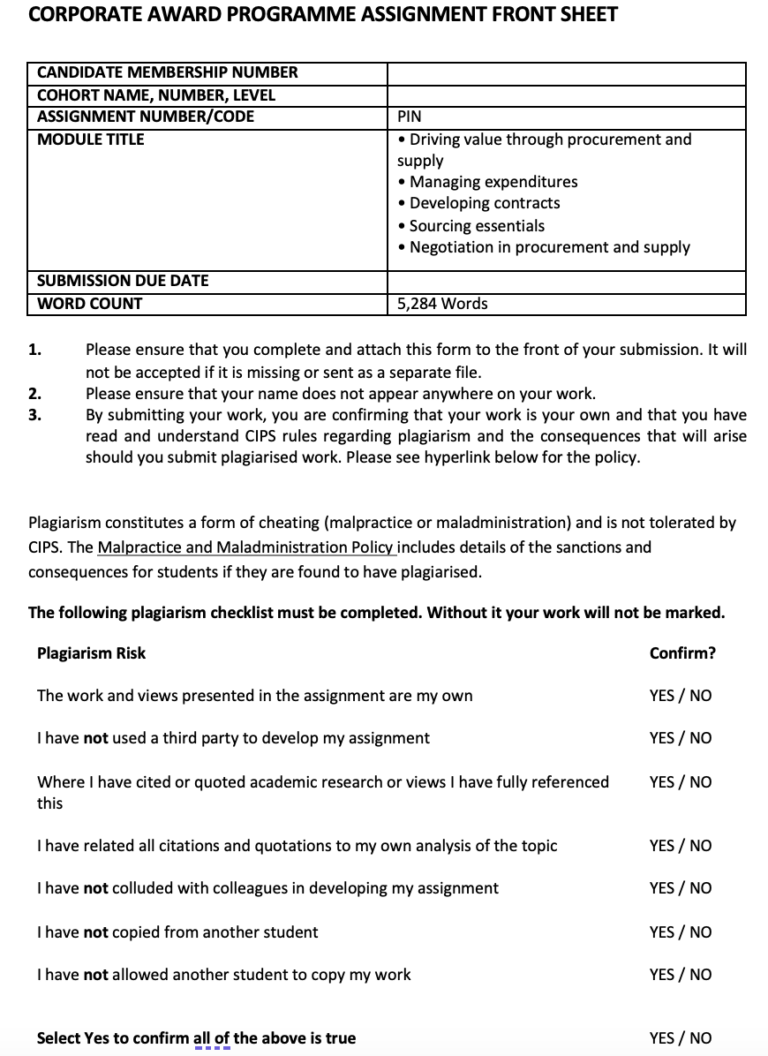Description
S0lution
| Present key findings for stakeholders from people practice activities and initiatives. (AC 2.2)
Short references should be added into your narrative below. Please remember to only list your long references in the reference box provided at the end of this section. Word count: Approximately 200 words
You must insert your graphs in this section |
| 2.2 Presentation of Findings
Percentage of Gender by Type It is clear that men make up more than half of the workforce, making up 53.85% of it, with women coming in second at 45.38%. The non-binary class, on the contrary, has the lowest percentage and has little representation inside the organisation. The differences in salaries across different genders The comparative bar graph shows the income distribution clearly, showing that women get the highest salaries, suggesting progress towards pay parity. Males do better than females in the lowest income group, raising questions about potential pay disparities based on gender. Disability percentage among the teams The property team, followed by the income team, has the greatest proportion of non-disabled people, as seen by the bar graph. The data unambiguously shows that a sizable portion of people in the organisation do not have disabilities. The data and its consequences need to be understood more deeply, and this can only be done by conducting thorough investigations that lead to insightful conclusions.
Table 2. Findings on Hybrid Working practices According to the study, 83% of the workforce, a sizeable number, strongly disagrees with experiencing stress when working in a physical workplace. In addition, 59% of employees feel a strong feeling of connection to the company’s culture following the implementation of hybrid working. In addition, the majority of respondents, or 54% of them, totally concur that hybrid working improves their ability to manage their personal and professional lives and general wellbeing.
|
| Make justified recommendations based on evaluation of the benefits, risks and financial implications of potential solutions. (AC 2.3)
Short references should be added into your narrative below. Please remember to only list your long references in the reference box provided at the end of this section. Word count: Approximately 400 words
|
Please click the following icon to access this assessment in full
Related Papers
(Solution) CIPS PIN Final Assessment Negotiation in procurement and supply
- In this integrative assessment for Corporate Award Program establishes it has provided a formal commercial negotiation for Occidental of Oman operating in oil and gas industry.
- Commercial negotiation plan has been developed by reference to data, factual information and CIPS tools. HSE and chemicals portfolio spend category has been identified and evaluated in-depth to come up with an appropriate negotiation plan.
- The importance of identifying the HSE and Chemicals are informed by the previous COVID-19 pandemic which has informed on the need for adopting healthy business environment which is free from any infections.
- Further, coming from the pandemic where the level of business operations had significantly reduced and the organisation need to restart their operations by cleansing their systems and machines. In this case, the need for HSE and the chemicals portfolio in Occidental of Oman has been in an upward trajectory.
- For negotiation successful implementation, Occidental of Oman involves professionals, terms and conditions initiated, holistic readiness and streamlined procurement and supply chain approaches. This is with good forecast and plans being core for guaranteeing customers services delivery on time.
- From the analysis, different tools including SWOT, PESTLE and 4R’s have evidenced that Occidental of Oman is always on the advantage of ensuring they achieve the Best Alternative for Negotiated Agreement (BATNA).
- Also, this report highlight the need for holistic planning by prioritising on all expectation from the initial opening to the closure and agreement phases of negotiation.



